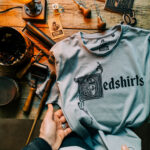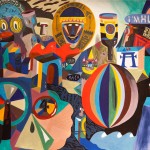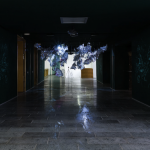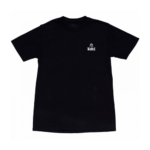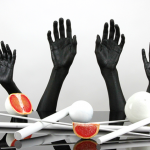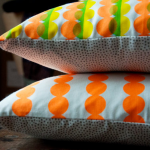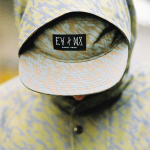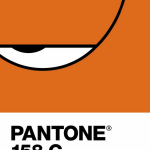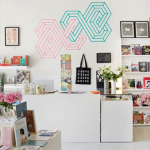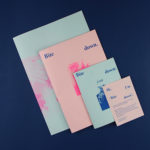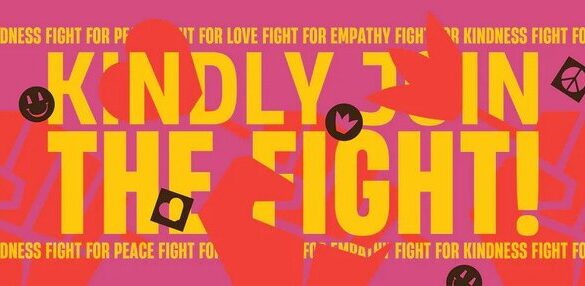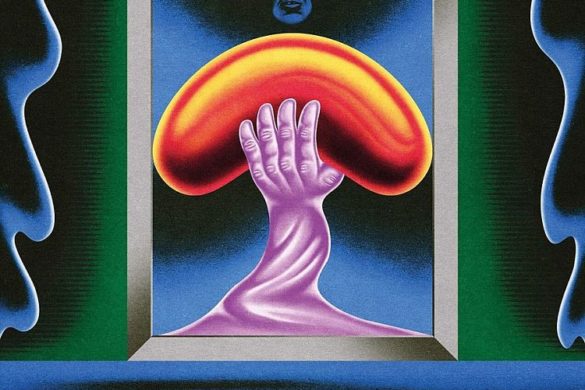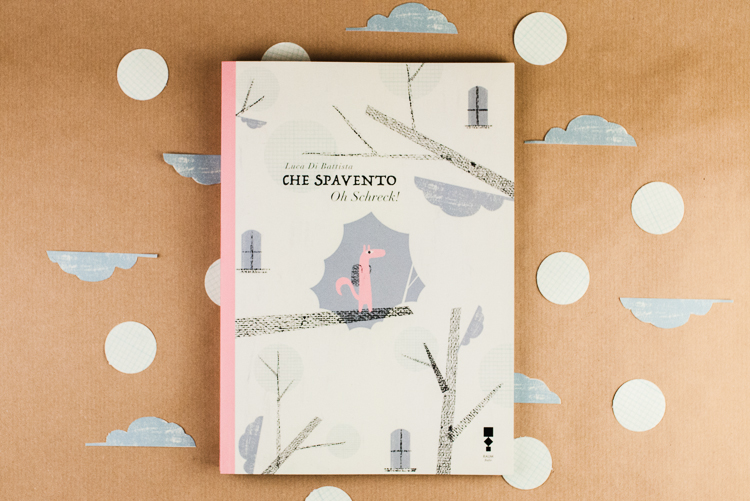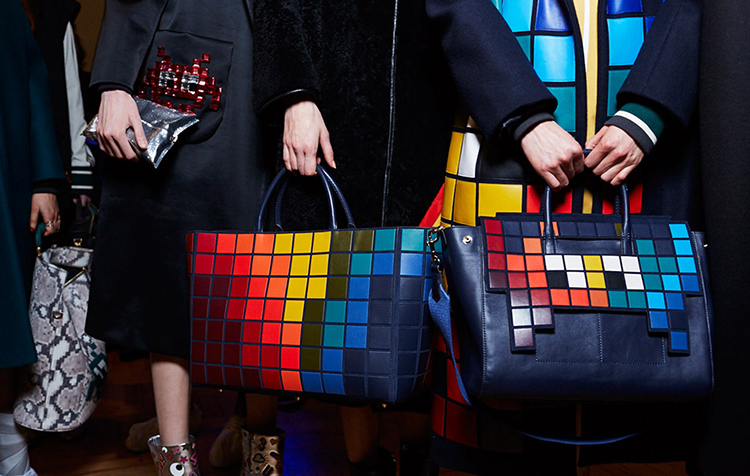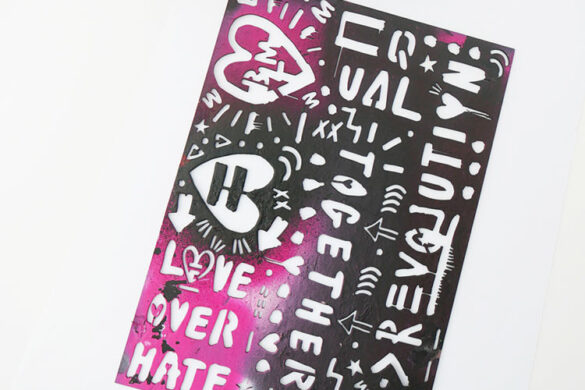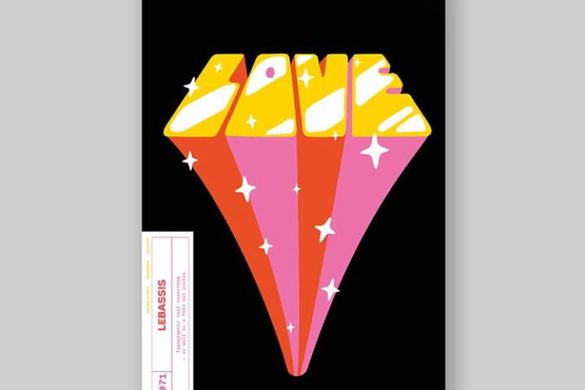Last month we were kindly gifted two rolls from the Natural Line by Hahnemühle, so we put a call out on Threads for artists and designers who would like to see their work printed on the new sustainable range.
We had so many submissions and the artwork was incredible! We tested Agave, which has a brilliant texture with a bright white natural tone, allowing the colours to really pop with little to no loss of vibrancy due to absorption.
One of the submissions came from Mush Studio, we got to know more about their work below:

Your work is known for its vibrant colours and bold designs. How do you decide on the colour palette for each project, and are there specific elements of Indian culture that inspire your choices?
Colour palette is usually a bit of trial and error! I always tend to go for pinks, oranges and blues but depending on the subject and themes of the piece I will choose a hero colour to highlight and build the rest from there. Colour plays such an important role in my work and high contrast is always a win for me.
I tend to look to neon/contemporary colours which can sometimes offset the traditional south asian elements in the work.
Indian culture plays a significant role in your artwork. Could you share some specific cultural symbols or motifs that you love incorporating into your designs and why they resonate with you?
A lot of my work is inspired by my British Asian upbringing, and the uncertainty of growing up trying to find your identity within two cultures, so I think the motifs bring a lot of that symbolism into my illustrations. I love adding chillies, mangoes, eyes, tigers, florals, flames and skulls into my work.There is something about the spikiness that is associated with some of these elements – the evil eye, flames juxtaposed alongside florals, that work really well together and helps me explore the balance between old school tradition and self expression.
You create illustrations for both print and garments. How does your creative process differ when designing for fashion as opposed to traditional print media?
I think whatever you are designing for will have an impact on how you create. If I am working on something for fabric, I need to think about how it will be printed – is it screen print or digital, do I need to think about colour limits and how can I get the look I want within certain manufacturing restrictions. I need to make sure colours are going to work when printed, as nothing will look as it does on a screen! My sketches will start the same but the development and colour will vary depending on what its for.
With London being such a multicultural city, how has the blend of cultures influenced your artistic style and approach, particularly in relation to your South Asian roots?
As time has gone on, I have realised how much my work is a reflection of where I am in life. When I was working in fashion so much of my work was centred about the aesthetics of my British Asian heritage, especially living in London and being inspired by street fashion on a daily basis. Lately my interest in the natural world has shown itself more and more in my art in the last few years, which has been a direct influence from wanting to find out more about my roots and in particular, life for my grandparents after their decision to move to Yorkshire in the 60s from Punjab.
Your art bridges traditional cultural references with contemporary design. How do you strike a balance between staying true to cultural influences and pushing the boundaries of modern illustration?
I am not sure it’s a conscious decision to find that balance, I try to create what feels authentic to me. Sometimes it’s not that deep, I draw what inspires me and sometimes it can be my cat, or my lunch or the garden. Other times I create as a form of therapy, to help process parts of myself and the world around me.
I think the main thing I try to be conscious of is not creating for “content”, I have fallen into this trap before years ago when I started gaining a little bit of a following, and I realised I wasn’t getting anything from my work, no enjoyment or inspiration. So since then I always try to create with intention, even if that intention is to doodle something silly or develop my practice, and just see where that takes me.
You might like...
- 15 Best Printmaking Papers - October 9, 2024
- This Month’s Giclée Prints - September 19, 2024
- Yaku Stapletons Debut at London Fashion Week - September 17, 2024

